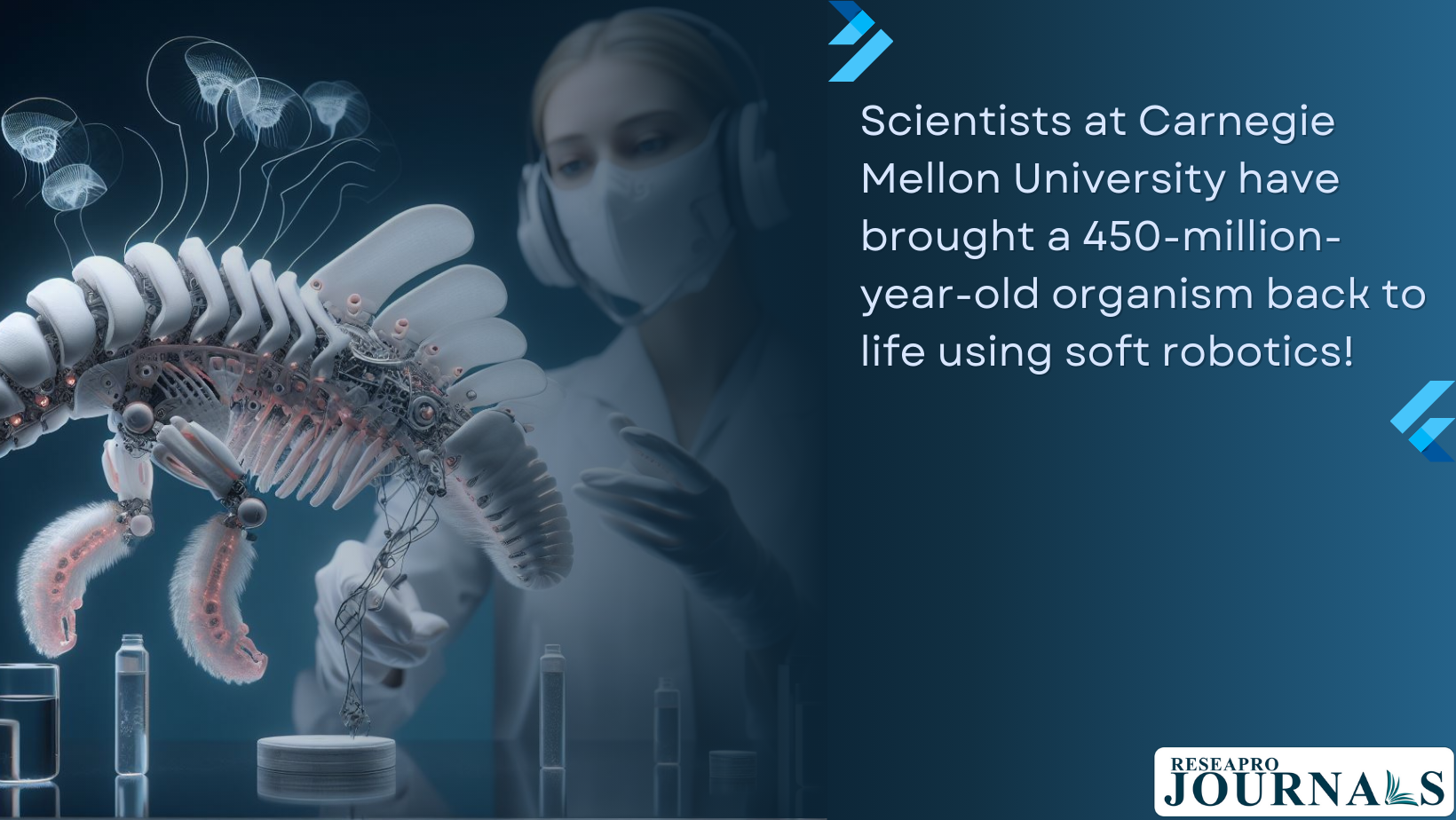Echinoderms are a diverse group of marine invertebrates that include starfish, sea urchins, and sea cucumbers. They first appeared in the Cambrian period, over 500 million years ago. One of the earliest echinoderms was the pleurocystitid, which was a sessile organism that lived attached to the seafloor.
Pleurocystitids were thought to have been unable to move, but recent fossil evidence suggests that they may have had a muscular stem that allowed them to crawl short distances. However, the exact mechanisms of their movement were unknown.
Researchers at Carnegie Mellon University used fossil evidence to engineer a soft robotic replica of the pleurocystitid. The robot was made using a combination of 3D-printed elements and polymers to mimic the flexible columnar structure of the pleurocystitid’s stem.
The researchers tested the robot’s ability to move in a water tank. They found that wide sweeping movements were the most effective motion for the robot and that increasing the length of the stem significantly increased the robot’s speed without forcing it to exert more energy.
This research could help scientists to better understand the biomechanical factors that drove evolution, as well as the locomotion strategies of extinct organisms. It could also lead to the development of new robotic systems inspired by nature.




